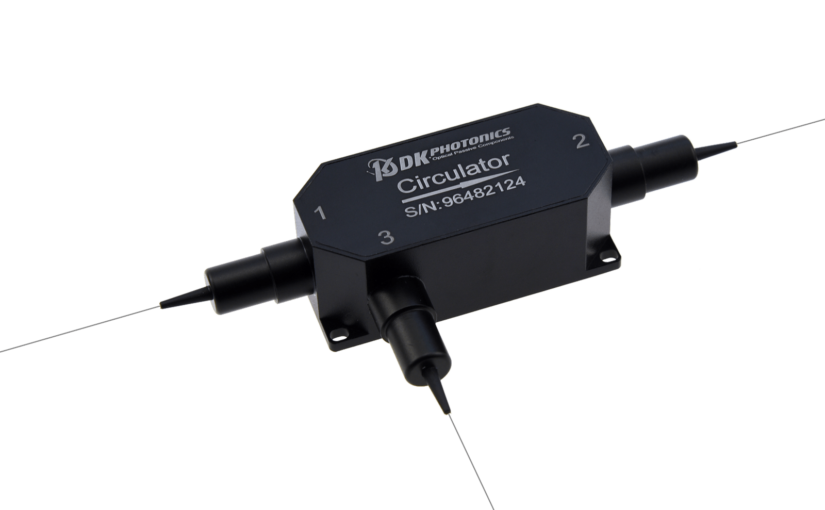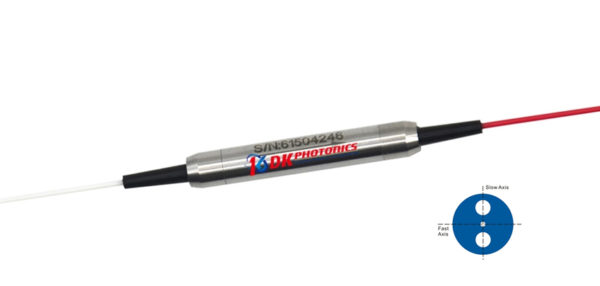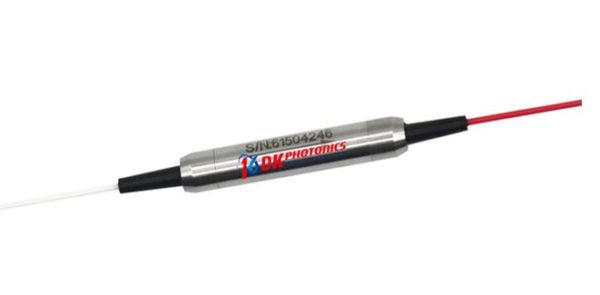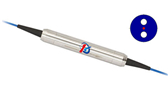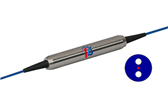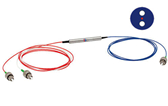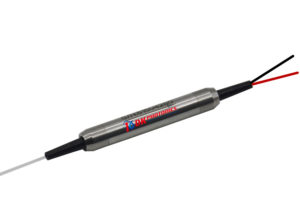The 1064nm high-power isolators are small optical passive components that permit the light to travel in one direction only, operate at 1064nm wavelength, and are widely used in high-power fiber laser and amplifier applications. They help prevent any reflected light from going back to the source and hence, reduce feedback problems. These optical isolators are specifically designed to handle high power and hence, many high-power isolators can handle even a hundred Watts. On the other hand, low-power isolators can work with only 0.5 or 1 to 5 Watts.
Do high-power isolators use TGG or Faraday materials?
While some high-power isolators contain TGG crystals, others may have alternative Faraday materials. Take note that TGG crystals are also a type of Faraday material and they are the most common crystals used for optical isolators. Let’s find out what using TGG crystals and alternative Faraday materials means for high-power isolators.
What is TGG?
TGG stands for Terbium Gallium Garnet (Tb3Ga5O12). It is the most commonly used single-crystal Faraday rotator for optical isolator applications. Since TGG can melt congruently under the temperature of ~1825 degrees Celsius, large crystals of TGG can be easily made using the Czochralski technique. While one can easily grow these crystals in large sizes, bulk defects do not allow for fully utilizing these crystals. Some of these defects include color centers, dislocations, strain areas, etc.
TGG is widely used in 1064nm high-power isolators but it is very sensitive to increase absorption at this wavelength. Typical values for absorption at 1064nm for TGG range from 0.20 to 0.30%/cm.
What are Alternative Faraday Materials to TGG?
Since there are intrinsic limitations in the performance of TGG crystals, alternative Faraday materials are being explored and researched for delivering higher performance. The two great examples of alternative Faraday materials include lithium terbium fluoride (TLF) (LiTbF4) and potassium terbium fluoride (KTF) (KTb3F10).
These are small crystals that possess small non-linear refractive indices and thermo-optic coefficients, while also exhibiting Verdet constants similar to or near to those of TGG crystals. Hence, TLF and KTF are also being considered for making high-power isolators.
Contrary to TGG, these two single-crystal Faraday materials melt incongruently, which means they are difficult to grow. Besides, their growth is flux-type, precipitate inclusions and scatter-type defects are also present in these crystals unless their melt stoichiometry is done under a controlled environment. Among these two crystals, the most focus is given to KTF because of the stringent crystallographic alignment requirements.
Both of these materials exhibit improved absorption at shorter wavelengths. But, unlike TGG, color center formations and cation valence alterations are reduced in TLF and KTF. Therefore, they are considered promising for optical isolators for visible wavelength lasers.
However, nowadays, 1064nm high-power isolators that are made using TGG crystals are more common, affordable, and easily available, which makes them a a convenient choice for fiber lasers and various other applications.
At DK Photonics, we offer not only 1064nm high-power isolators but also various other high-power isolators that operate at different wavelengths. Besides, we also offer low-power PM optical isolators. So, whether you need standard optical isolators or custom optical isolators, get in touch with us.

